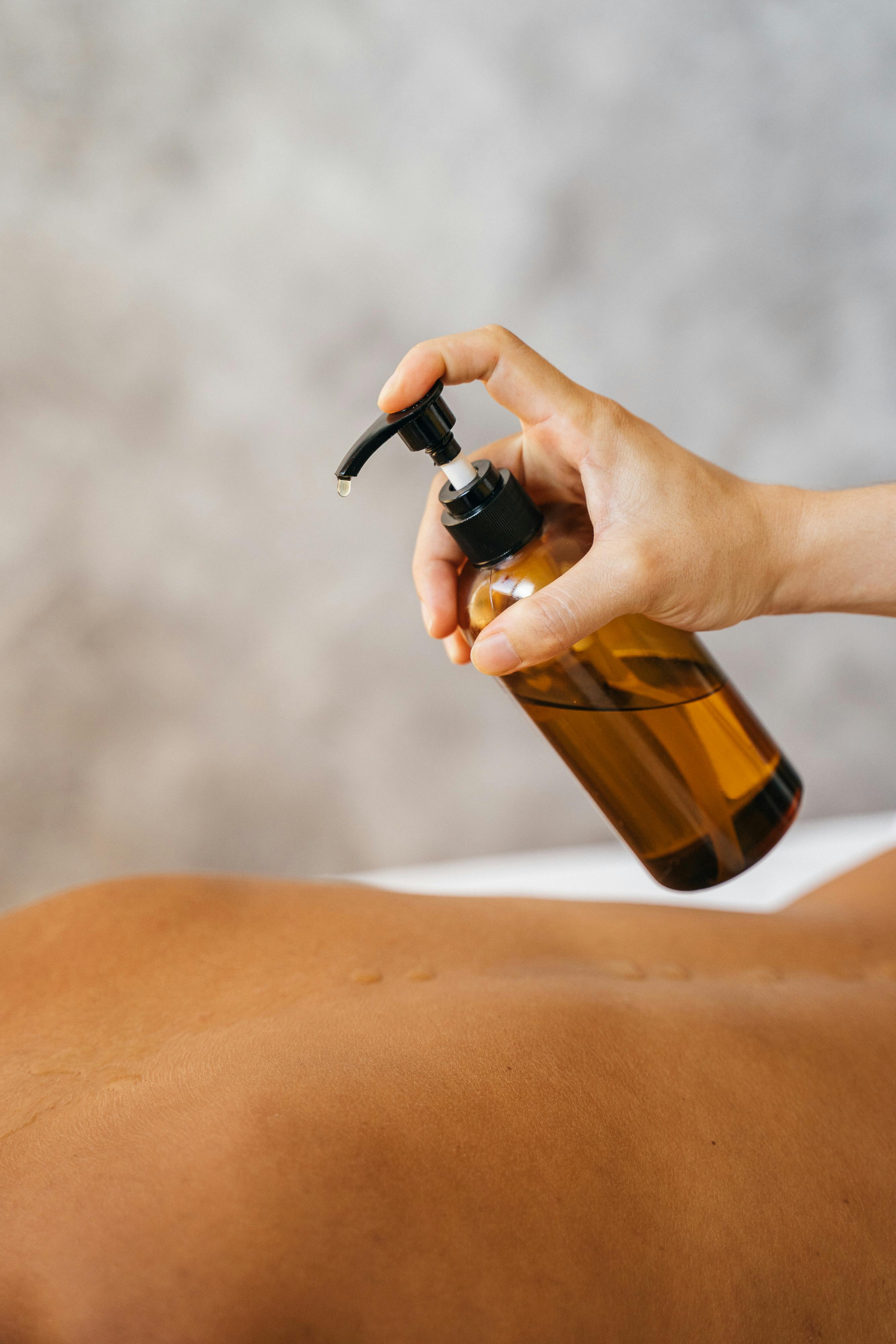Smart Ways to Fix a Clogged Bathroom Sink in 2025: Get Started Today!

Effective Ways to Unclog a Bathroom Sink in 2025: Discover Proven Techniques!
Clogged sinks are a common household issue, often causing inconvenience in daily routines. Understanding how to unclog a bathroom sink effectively is essential for maintaining a clean and functional bathroom. In 2025, homeowners have access to a variety of methods and tools that can help eliminate clogs and ensure the proper functioning of bathroom plumbing.
This article will guide you through effective techniques to tackle sink blockages, offering a blend of traditional methods and modern solutions. You will learn about DIY plumbing fixes, preventative maintenance tips, and eco-friendly cleaning methods that are safe for your home. By understanding the underlying causes of clogs, you can also take proactive measures to prevent future issues. Let’s explore these unclogging techniques and equip you with key insights for your bathroom maintenance routine.
Key Takeaways:
- Identify common causes of bathroom sink clogs.
- Discover effective unclogging methods, including vinegar and baking soda.
- Learn how to perform preventative maintenance on your bathroom plumbing.
Common Causes of Bathroom Sink Clogs
Understanding the common reasons why bathroom sinks become clogged can help prevent future obstacles. Many clogs are caused by hair, soap buildup, and foreign objects. Over time, these materials accumulate in the sink's drainage system, leading to slow draining or complete blockages. It’s essential to perform regular checks to catch these issues early.
Hair and Soap Buildup
Hair is one of the primary culprits behind bathroom sink clogs. It tends to intertwine with soap scum, forming a thick mass that can significantly slow drainage. For effective maintenance, consider using a strainer to catch loose hair before it enters the drain. Additionally, regularly cleaning the strainer will help maintain proper water flow.
Foreign Objects
Sometimes, small items like toothbrush heads or rings slip into sink drains, creating blockages. If you notice water draining slowly or standing water in your sink, check to see if any objects are obstructing the drainage path. Learning how to remove the drain cover safely can provide access to these issues.
Old Plumbing Infrastructure
Aging pipes can also contribute to sink blockages, as mineral deposits and rust can accumulate over time, narrowing the drain size. If your home has older plumbing, regular inspections and cleaning are crucial. Preventative maintenance can extend the lifespan of your plumbing and reduce clogs.
With a clear understanding of what can clog your bathroom sink, it’s time to explore effective unclogging techniques.
Effective Unclogging Techniques
When it comes to fixing clogged sinks, multiple methods can be employed, ranging from home remedies to commercial solutions. Knowing how to unclog your sink efficiently means you can quickly return to your daily activities without needing to call a plumber.
Using Vinegar and Baking Soda
One of the most effective and eco-friendly methods to unclog a bathroom sink is by using vinegar and baking soda. This combination produces a fizzing reaction that can dislodge minor clogs.
- Start by removing any visible debris from the sink and drain.
- Pour about half a cup of baking soda into the drain.
- Follow it up with half a cup of vinegar.
- Cover the drain with a cloth or stopper to trap the fizzing reaction.
- After 30 minutes, flush the drain with hot water.
This method is not only effective but also avoids harsh chemicals that can damage your plumbing.
Hot Water for Clearing Clogs
Sometimes, simply pouring hot water down the drain can help dissolve clogs, particularly those caused by soap scum or grease. Boiling water is especially effective and can be used as a quick fix before trying more invasive methods.
Plumbing Tools for Unclogging
If the home remedies do not restore flow, consider using plumbing tools like a drain snake or auger. These tools can reach deeper into the plumbing system, breaking up stubborn clogs. Here’s how to effectively use a drain snake:
- Insert the snake into the drain until you encounter resistance.
- Rotate the handle to break up the blockage.
- Pull the snake out, cleaning off any debris that adheres to it.
- Run hot water through the drain to ensure it is clear.
Utilizing plumbing tools effectively can save you time and prevent the need for professional plumbing help.
Preventative Maintenance for Bathroom Sinks
Preventing slow drains and clogs begins with proper maintenance practices that homeowners can easily adopt. By incorporating these methods into your routine, you can enjoy a functioning bathroom sink without frequent issues.
Regular Cleaning and Inspection
Include regular cleaning of your bathroom sink in your maintenance routine. This should involve cleaning the sink itself, the faucet, and the drain. Checking for any leaks or deterioration can help you catch plumbing issues early on.
Use of Drain Strainers
Installing drain strainers can significantly reduce the amount of debris that enters your plumbing system. Choose strainers with fine mesh to capture smaller particles like hair and soap. Regularly emptying the strainers will further assist in preventing clogs from forming.
Monthly Flushing with Hot Water
Flushing the drain with hot water monthly can help keep your plumbing system clear. You may also consider adding a homemade solution of vinegar and baking soda monthly for additional cleaning power. This consistent practice will help you maintain your bathroom sink's health.
With preventative techniques in place, you can be proactive in avoiding plumbing headaches associated with slow drains and completely clogged sinks.
When to Call a Professional Plumber
While many clogs can be cleared with DIY methods, some situations require professional plumbing help. Understanding when to call a plumber can save you time and money.
Persistent Blockages
If you find that your attempts to clear a clogged drain are futile, it may be time to consult a plumber. Persistent blockages are often a sign of deeper plumbing issues that require professional diagnostics and tools to address.
Multiple Drains Clogged
When multiple drains in your home are experiencing blockages, this may indicate a problem with the main sewage line. A plumber has the expertise to investigate and resolve these more serious issues safely.
Signs of Plumbing Emergencies
Be vigilant for signs of plumbing emergencies, such as gurgling sounds from drains or water backing up into other fixtures. These occurrences require immediate professional intervention to prevent further damage.
In summary, understanding how to effectively unclog a bathroom sink combines knowledge of potential causes, effective techniques, preventative measures, and recognizing when to call for expert help.
Conclusion: Mastering Your Bathroom Sink Maintenance
Clogged bathroom sinks can be a hassle, but by utilizing the techniques above, you can effectively maintain your plumbing. Regular inspections, proper cleaning, and knowledge of unclogging methods are key to ensuring your sink remains functional. Emphasizing preventative strategies will help you avoid the frustration of slow drains and provide a seamless bathroom experience. Remember, when in doubt, don’t hesitate to consult with professional plumbing services to keep your plumbing systems in check.

For more detailed tips and tricks, check out our articles on kitchen sink tips and bathroom plumbing problems.
